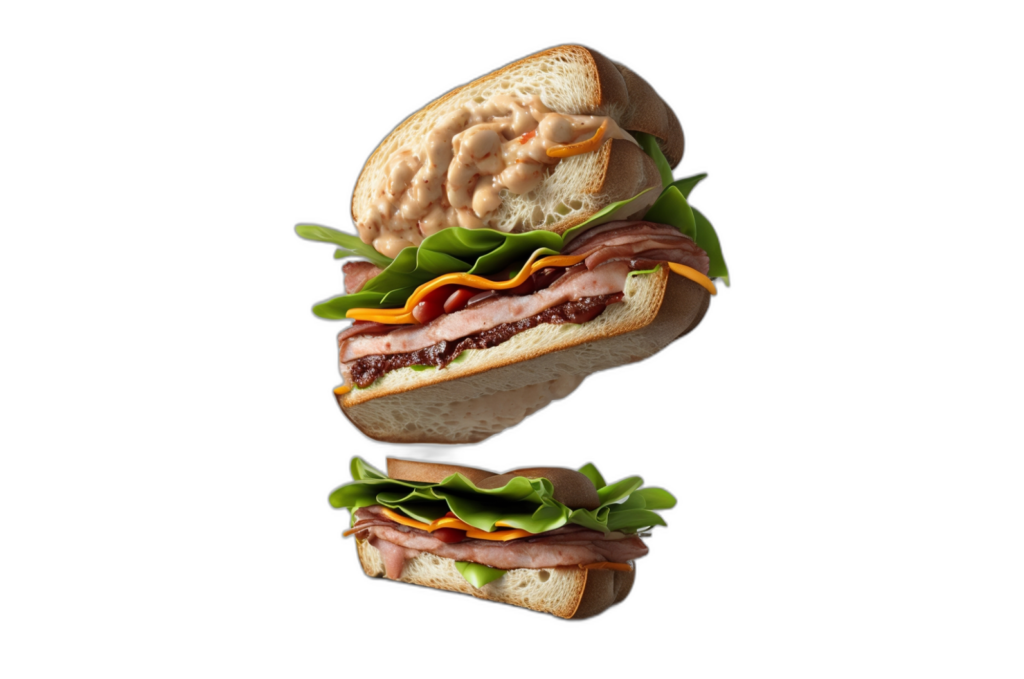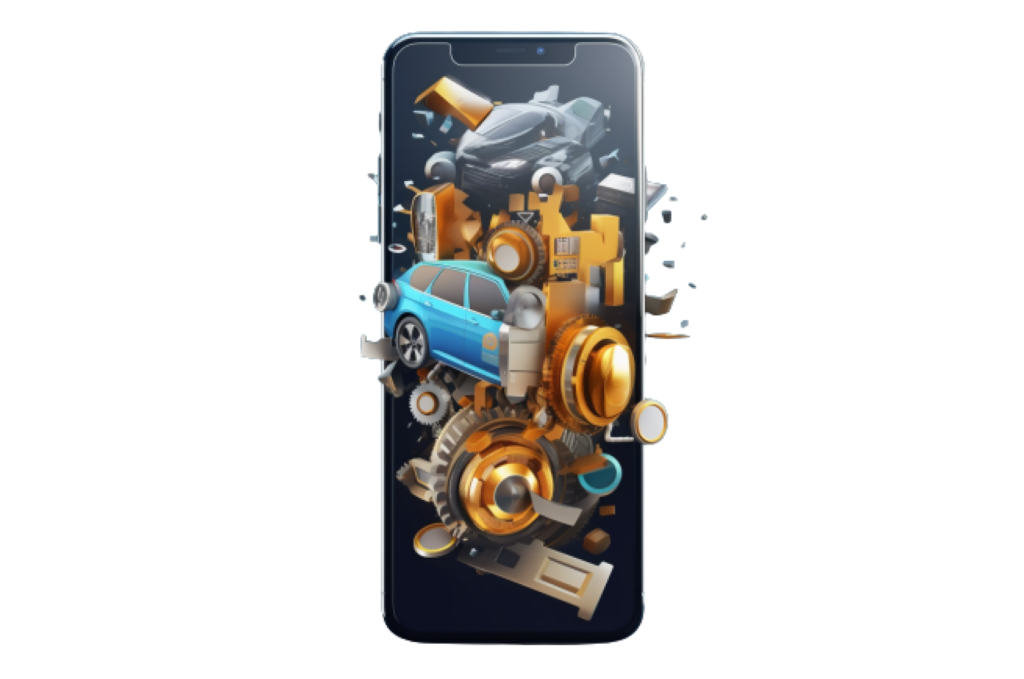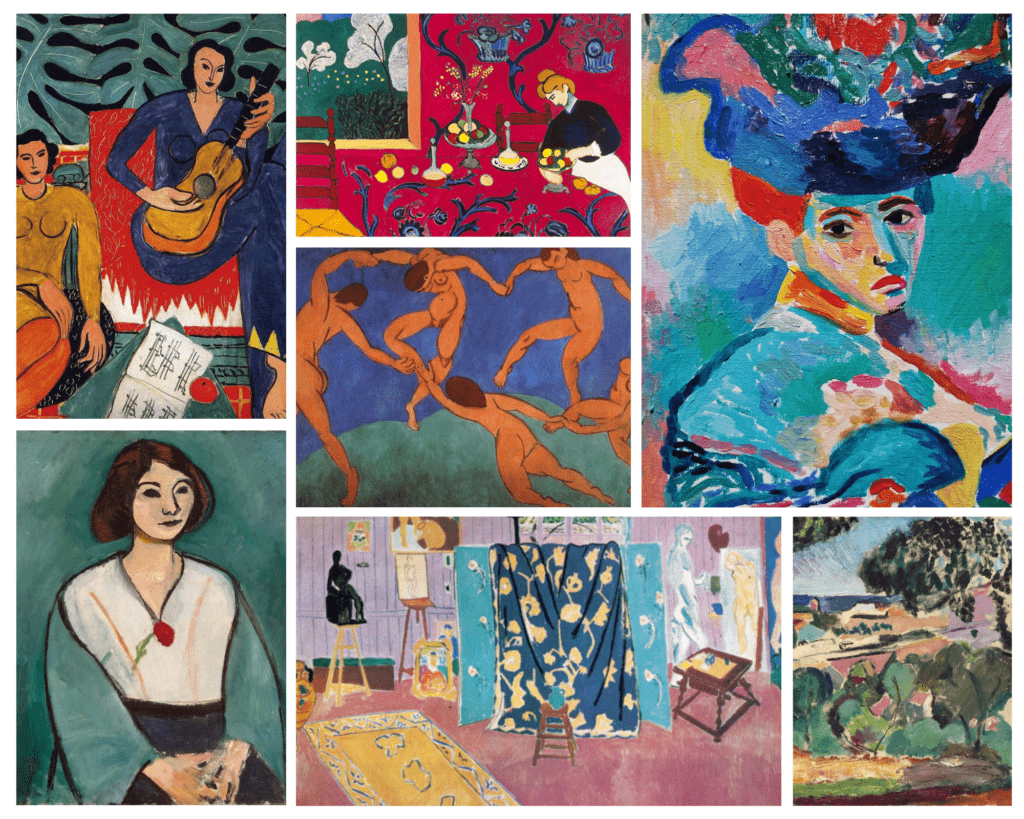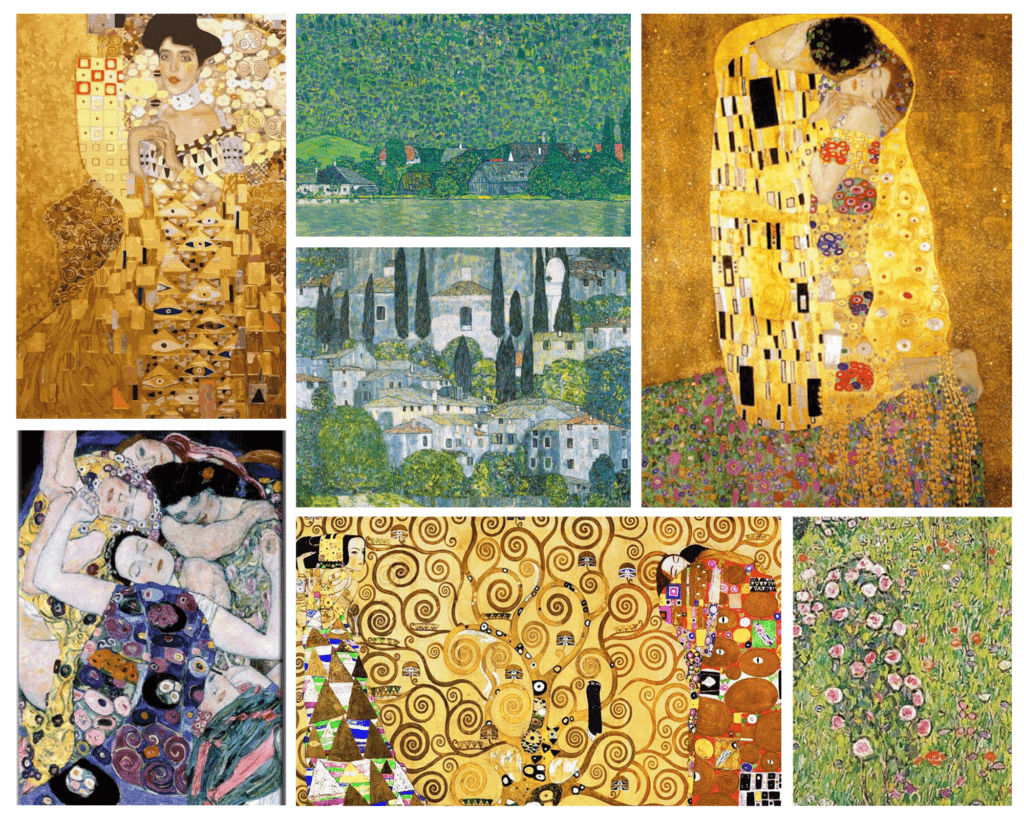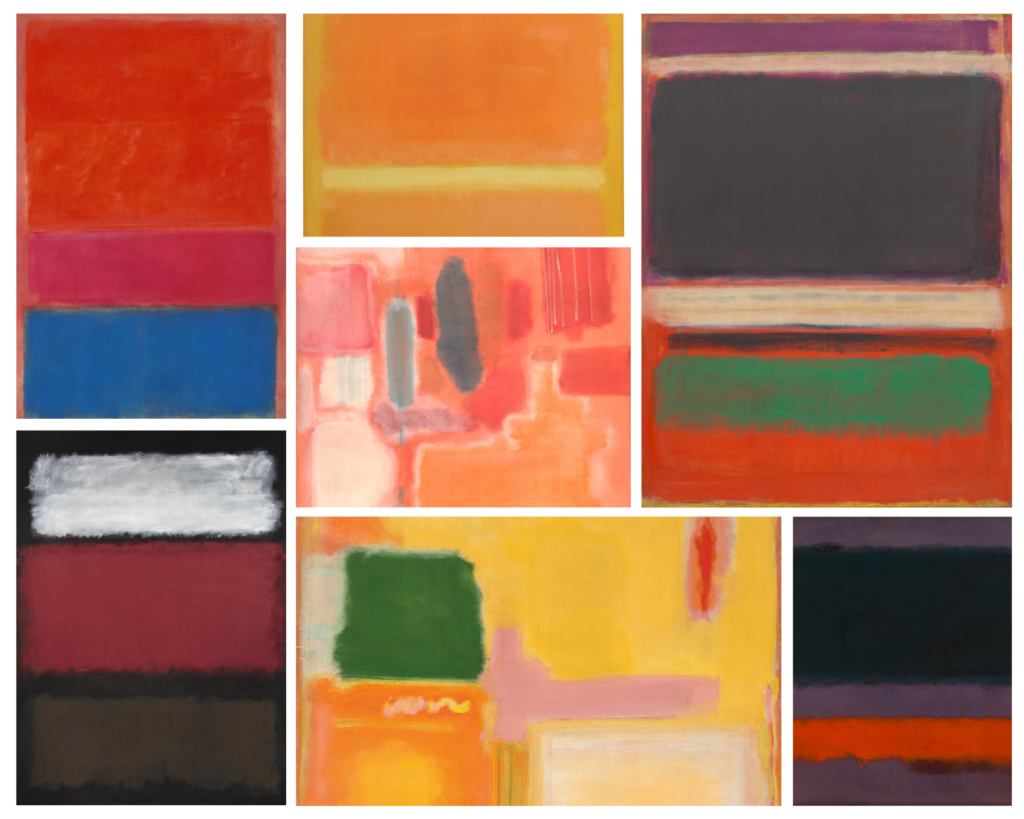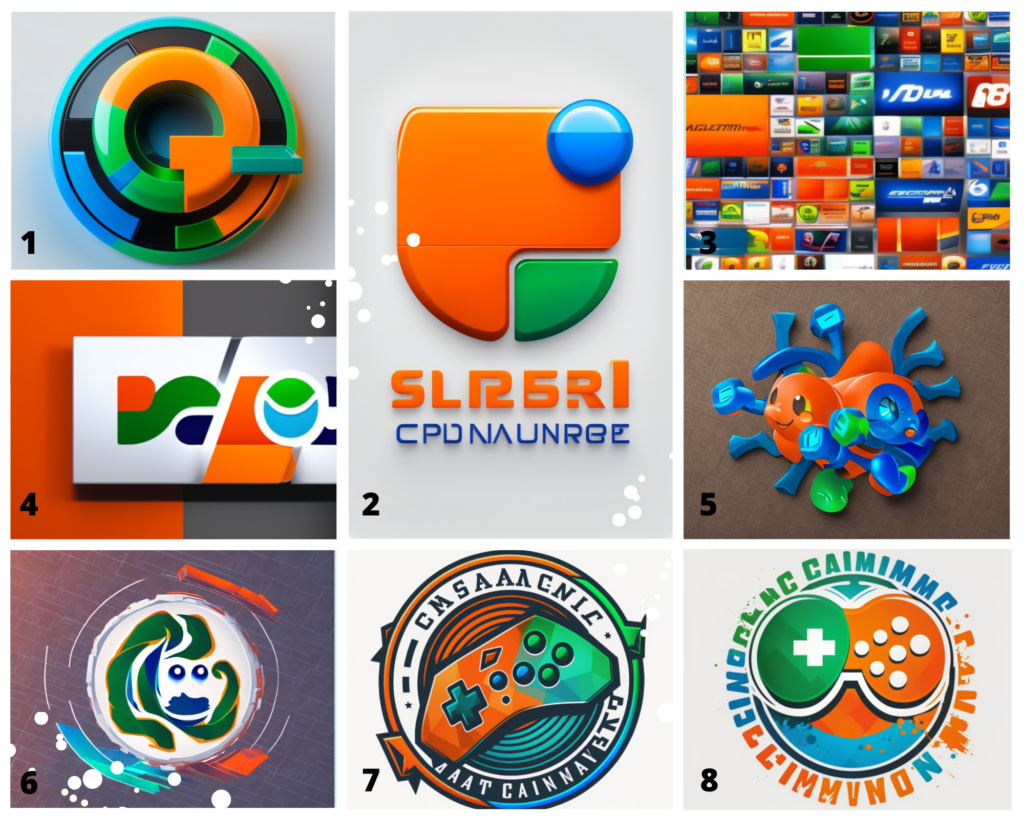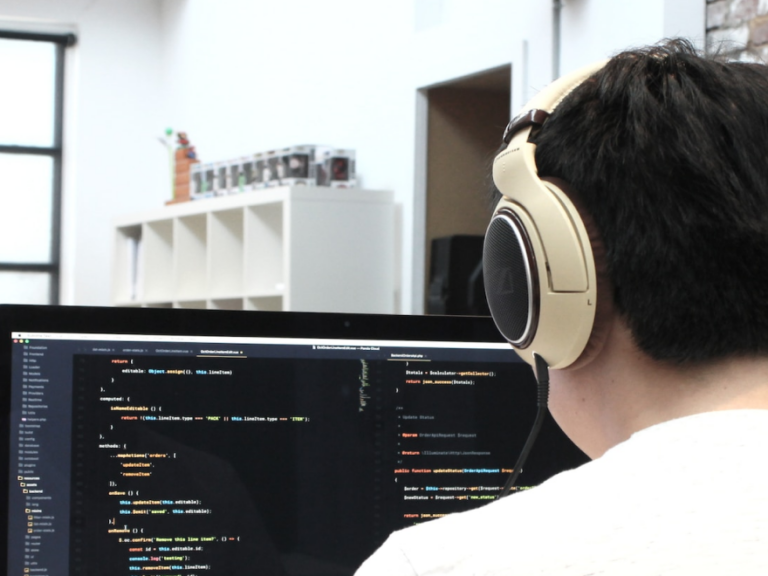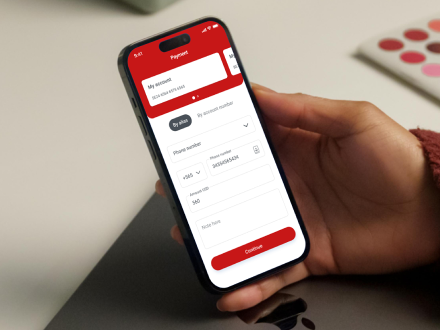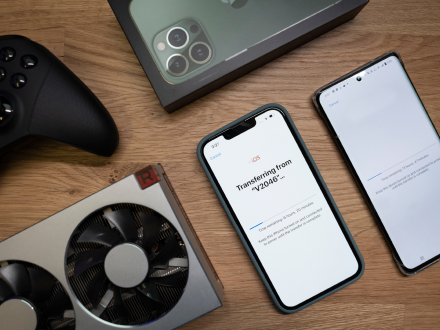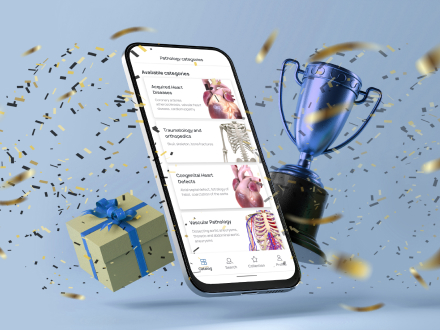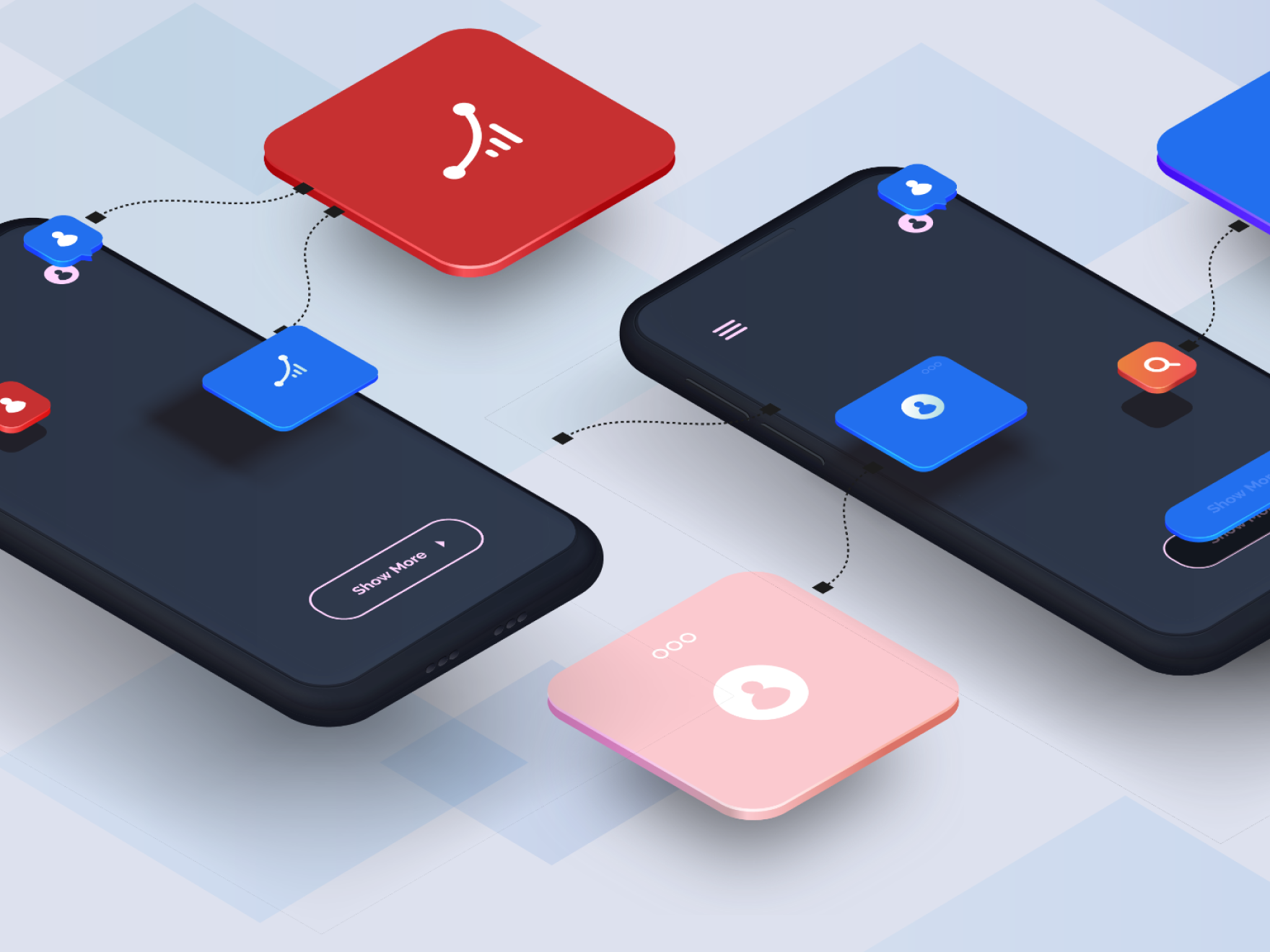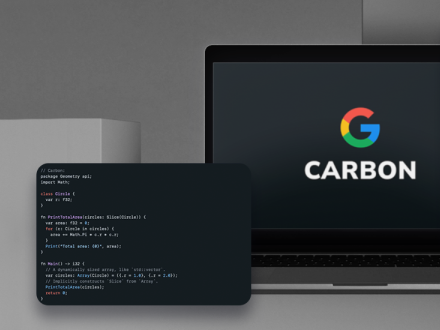We are excited to introduce our newly released package, “dev_pilot,” developed by Innowise. This package aims to simplify the installation process for Dart projects, enabling developers to set up new projects quickly and efficiently.
To begin with, dev_pilot serves as a valuable tool for developers seeking to expedite the creation of Flutter projects. It offers an interactive Command Line Interface (CLI) that guides users through providing project details such as the project name, features, and flavors. Subsequently, the package generates the necessary directory and file structure, effectively saving time and reducing effort.
The code of dev_pilot is written in Dart, a contemporary programming language widely utilized for developing mobile and web applications. The code adheres to Dart coding conventions, boasting a well-organized and easily comprehensible structure.
To accomplish various tasks like I/O operations, logging, and validation, the code incorporates several essential packages and libraries, including dart:io, dcli, mason_logger, and others. Leveraging existing packages and libraries demonstrates the package’s judicious use of available resources, avoiding unnecessary reinvention.
The main method serves as the entry point to the package, acting as the central hub for all operations. It initiates by verifying whether the provided argument is “create.” If the argument satisfies the condition, the package proceeds to prompt the user for additional project details, such as the project name, features, and previously mentioned flavors.
To facilitate diverse tasks, the package relies on various services like DirectoryService, FileService, InputService, and others. The use of these services contributes to the code’s modularity and ease of maintenance, as they are thoughtfully organized.
Another notable feature of the code is the utilization of “await” and “async” to handle asynchronous operations. This approach significantly improves code performance and responsiveness, showcasing a commendable implementation choice.
Dev_pilot simplifies the process of creating a new Flutter project, allowing you to effortlessly incorporate features, flavors, packages, and generate code templates for different project components. Additionally, the package includes integrated validators to ensure accurate user input.
Here is an overview of how Dev_pilot operates:
It verifies whether the argument passed is “create”.










